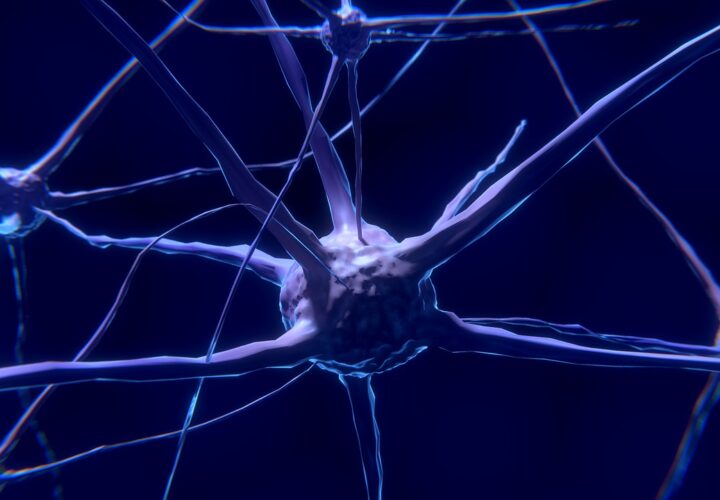For the first time, researchers have discovered how beta-amyloid, the toxic protein that is often found in Alzheimer's patients' brains, affects the brain before symptoms of memory loss appear.
For the first time, researchers have discovered how beta-amyloid, the toxic protein that is often found in Alzheimer’s patients’ brains, affects the brain before symptoms of memory loss appear. With recent clinical trials targeting beta-amyloid failing, the team of researchers from Technische Universität München in Germany wanted to better understand exactly how the protein impacts neurons.
“It’s crucial that we detect and treat the disease much earlier. We therefore focused on hyperactive neurons, which occur at a very early stage — long before patients develop memory loss,” said Professor Arthur Konnerth, Hertie Senior Professor of Neuroscience at the TUM.
Hyperactivation leads neurons that are connected to one another to receive false signals that can impact the brain.
How Beta-Amyloid Affects Chemicals in the Brain
Neurons rely on chemicals, or neurotransmitters, to convey messages to one another. The neurons especially rely on glutamate, a chemical that activates connected neurons. At the connection between neurons, or synapse, glutamate is released, then quickly disappears, to encourage the next signal to go through. This removal takes place via protein pumps that move molecules by actively transporting them, plus the passive movement of glutamate along membranes that are nearby.
The researchers examined beta-amyloid molecules from patient samples and mouse models. The team found that too much glutamine was staying in the synaptic cleft, or gap between a neuron and target cell. This issue was caused by beta-amyloid molecules, which were preventing glutamine from moving out of this gap in each instance.
Better Understanding Beta-Amyloid’s Role for Improved Treatment Options
The team also found that beta-amyloid plaques did not block the glutamine. Instead, an early soluble form of beta-amyloid caused this blockage. Beta-amyloid starts off as a single molecule, then becomes a double-molecule form, known as dimers, eventually building into plaques. The dimers stopped glutamine from moving outside of the synaptic cleft.
“Our data provide clear evidence for a rapid and direct toxic effect of a particular beta-amyloid type, the dimers. We were even able to explain this mechanism,” Benedict Zott, first author of the study, said.
What does this discovery mean for Alzheimer’s research? The scientists hope to use the study to better understand how Alzheimer’s works at a cellular level and to come up with better strategies for treating Alzheimer’s during early stages of the disease or before Alzheimer’s symptoms appear.
Access the full study here.

I am very interested in this as my father and his 4 sisters all had Alzheimer’s and I’m sure it’s my turn next. I am 68.
I am very interested in the research. I am 72, my mother died of Alzheimer an aunt of Parkinson’s. I have a cousin with Alzheimer’s now. I think my memory is starting to fail, and MD has mentioned Alzheimer’s. WHAT CAN I DO??? Please respond!! PEGSEAKER @YAHOO.COM.